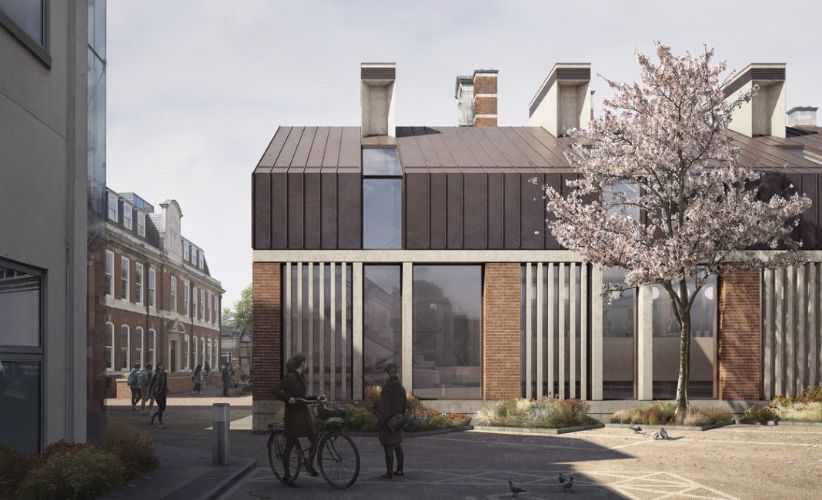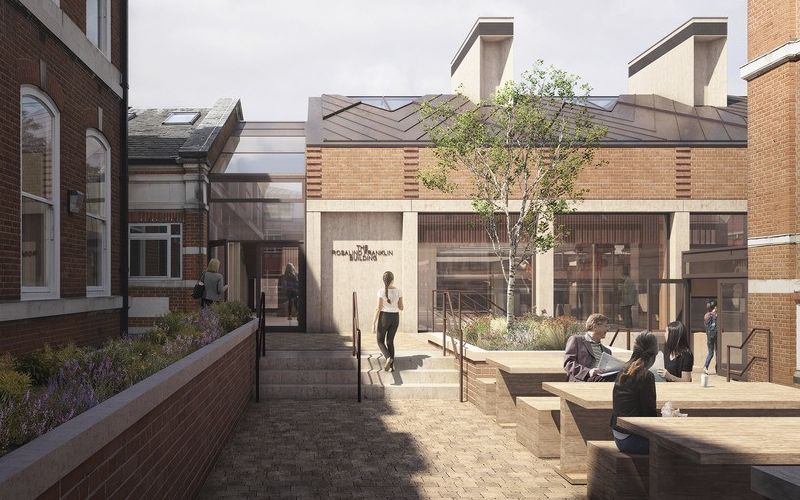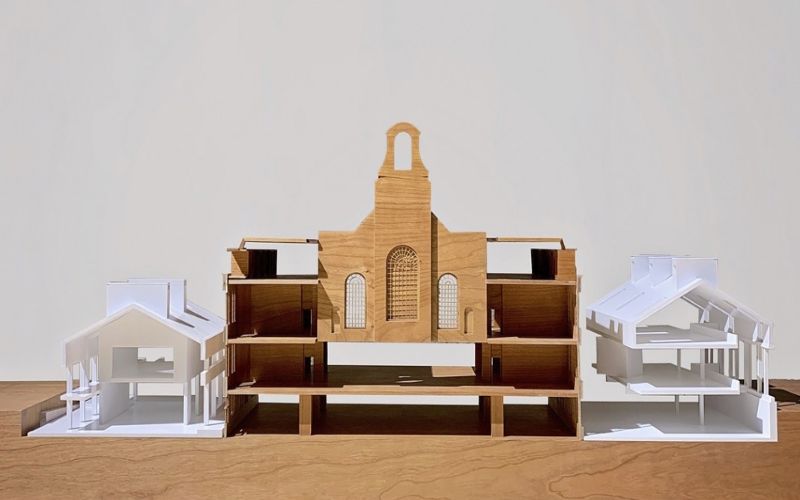St Paul’s Girls’ School, Hammersmith



Skelly & Couch is contributing to an innovative masterplan redevelopment for St Paul's Girls' School, one of the country’s leading independent schools.
The company is delivering full M&E environmental design services to phases 2 & 3 of St Paul’s Girls’ School’s masterplan, a £15m redevelopment granted planning approval in September 2020. The works focus primarily on these areas:
• Redevelopment of the existing Rosalind Franklin and Mercers’ buildings into a new Centre for Design and Innovation, which will provide technology-rich learning environments and performance areas
• Redevelopment of the existing Forum building into the Staff Hub to provide centralised staff accommodation
• Refurbishment of some areas within the existing Main Building to provide new administration, well-being and medical treatment facilities
• Construction of a new maintenance workshop building.
Skelly & Couch’s phased services strategy within a live school environment encompasses a wide range of outstanding sustainable features. Of particular note is a beneath-floor thermal labyrinth proposed for the Staff Hub. The labyrinth allows some natural pre-cooling or warming of the air, which will then exhaust naturally via opening windows or vents at the top of the building.
In addition, the services strategy includes:
• An air source heat pump plant on the Science Building roof to serve new buildings via an ambient heating/cooling network. The network will comprise a water loop running between the buildings as a source for heating and cooling, allowing heating and cooling energy to be transferred between buildings to save overall energy input.
• PV panels on the Celia Johnson building
• Maximising the use of natural ventilation in the Main Building
• Mechanical ventilation with heat recovery for some spaces
• Maximisation of daylight to reduce the use of artificial light during daylight hours
• An upgrade of existing boiler room plant and the introduction of modern building controls.
Glulam and cross-laminated timber (CLT) form the majority of the superstructures, which alongside re-use of existing masonry, significantly reduces embodied carbon of the new buildings.
Related sectors




